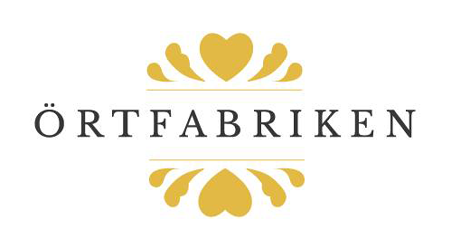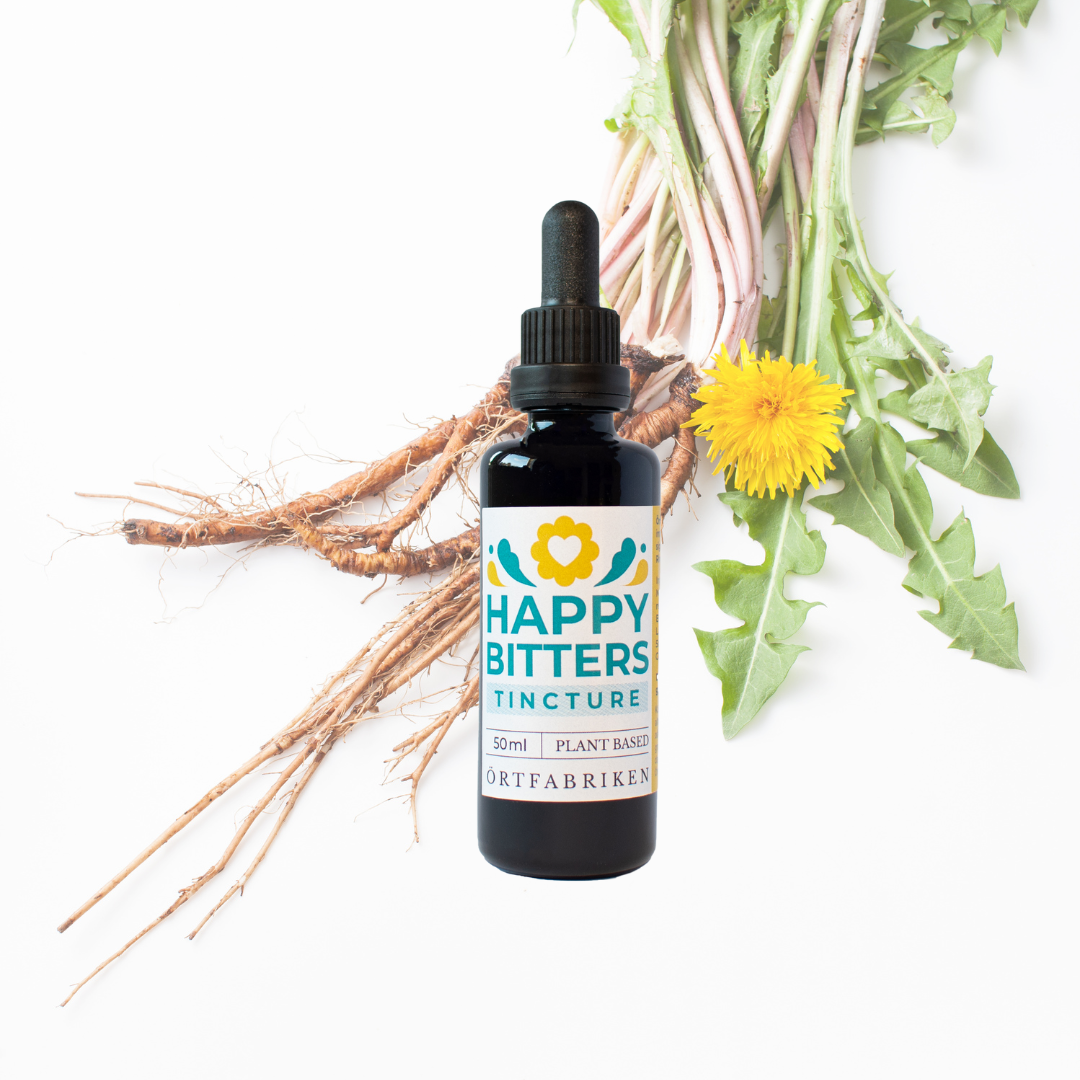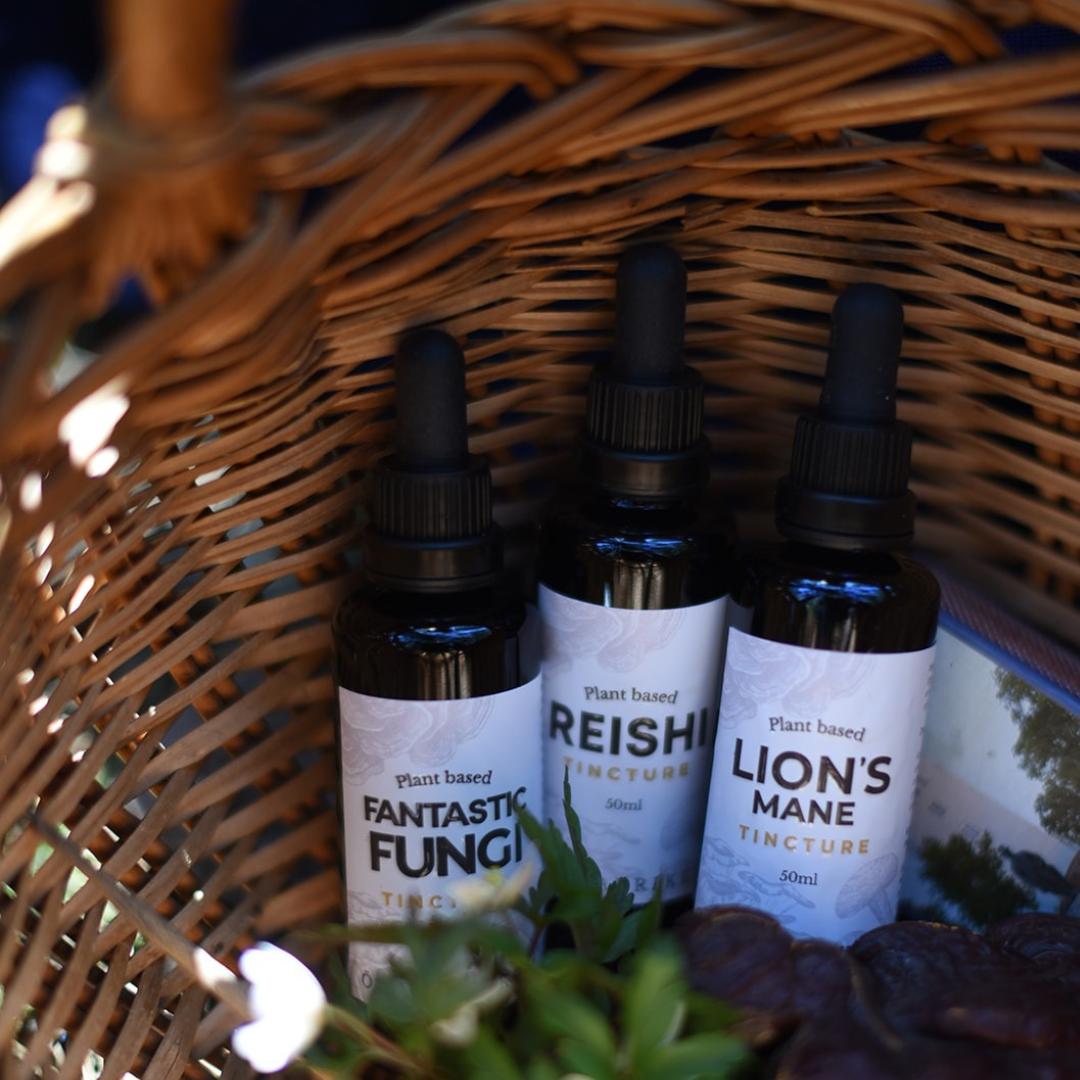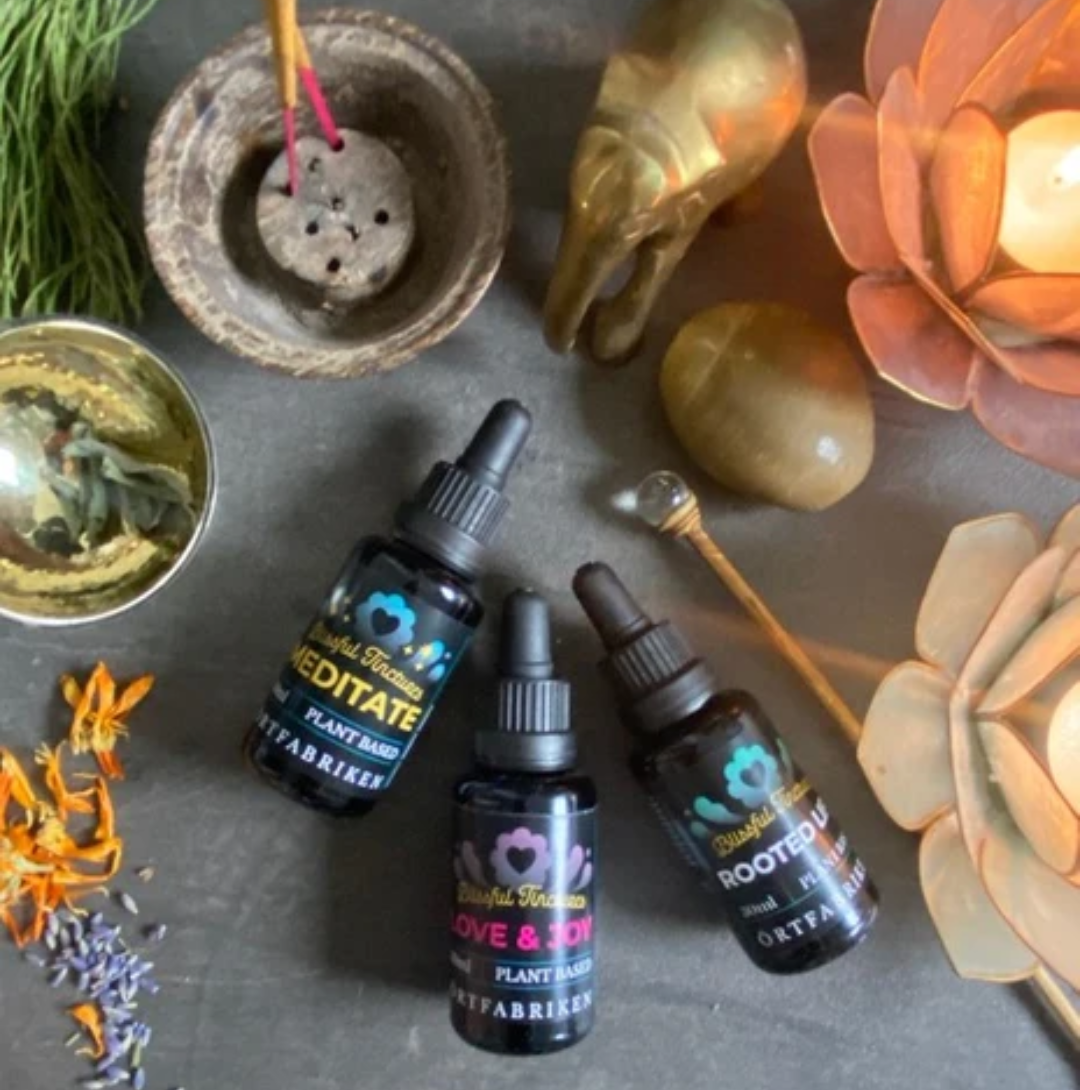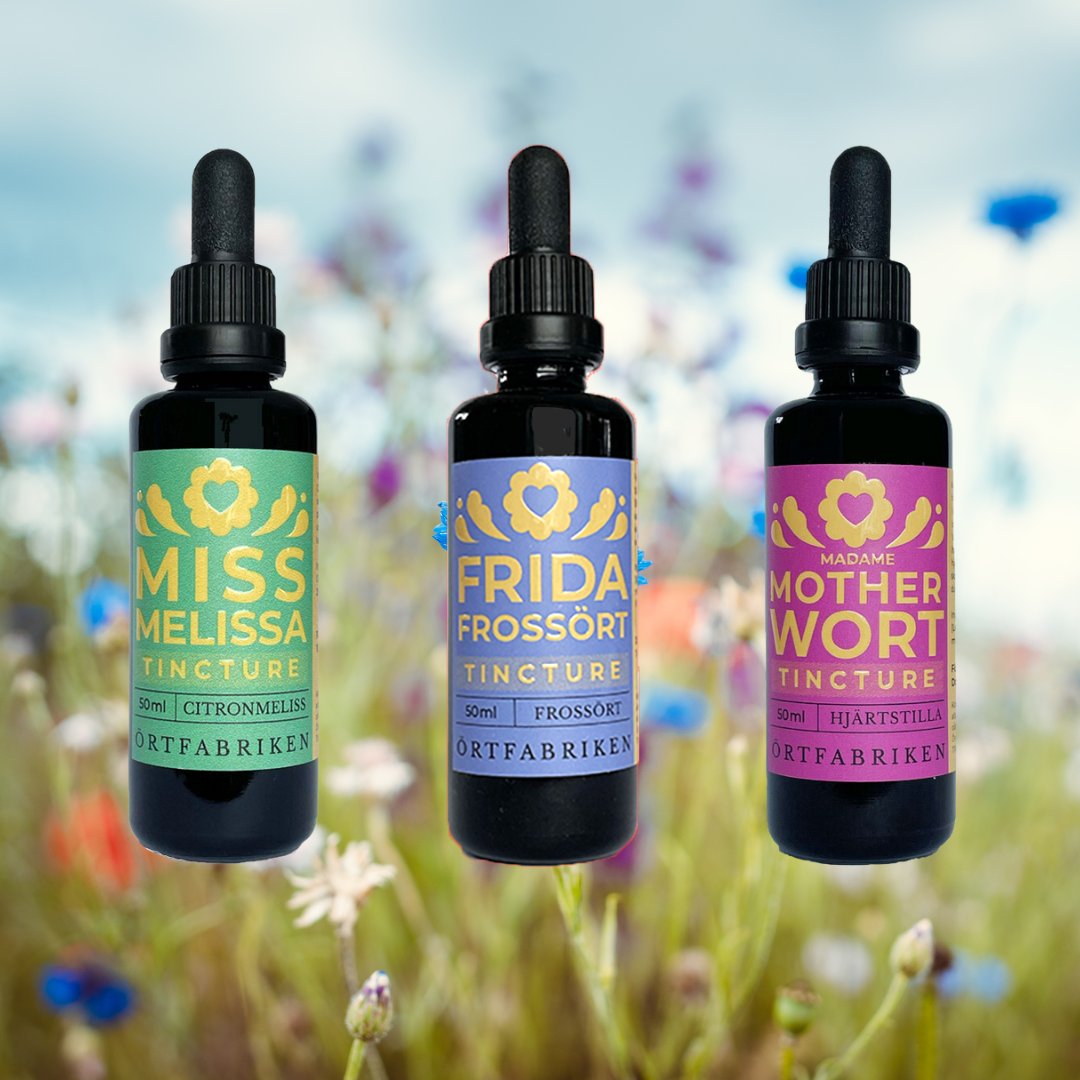Tinctures are a craft | History
Dela med en vän ♡
Did you know that tinctures are an ancient craft? Throughout history, we have been making tinctures for as long as we have been able to distill alcohol.
We make tinctures primarily with alcohol (but also with other solvents such as honey, vinegar or glycerin). With the help of alcohol, we manage to capture the gifts of the harvest season. By making a tincture, we preserve the power of the herb for a long time. A tincture is sustainable for several years.
There is written information about tinctures from 1025, in Avicenna's medical encyclopedia. In Europe, it was only in the Middle Ages that we started making our own tinctures when we started distilling alcohol.
Tinctures were the foundation of our Western medicine and this continued until the 20th century when tinctures began to be replaced by tablets and pills.
There are a couple of famous tinctures throughout history.
For example, our Swedish drops. These have been modernized by Örtfabriken in the form of Happy Bitters ... i.e. bitter herbs for internal use.
Other famous tinctures are Warburg's tincture, which was used for malaria and other feverish conditions. It contained aloe, rhubarb, Åland root and angelica, among others. Another famous tincture is Laudanum, based on opium, which was used for coughs and as a painkiller.
Today, tinctures are becoming increasingly popular and well-known, as we rediscover the powers of nature. What is your relationship with tinctures?
Read more about tinctures on the Örtfabriken blog. For example, how to make your own tinctures and many recipes.

